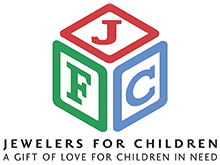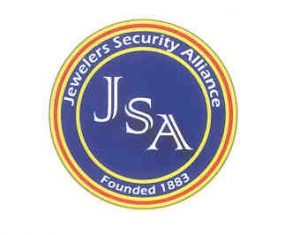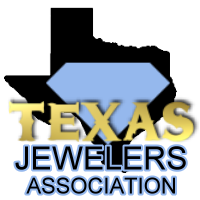|
Well, you've made it this far! Whether or not you've got all the details in place, you have at least begun the journey to designing the perfect engagement ring for your beautiful bride-to-be. As you know, detailed information on how to choose the right diamond for you & her, or choosing another gemstone, was not something taught at your local high school. But we want to help introduce you to the ins and outs of diamonds and gemstones! Please also note the limitation of doing all your research online. While it is a great place to start to get you familiar with the terminology, it cannot be compared with seeing a diamond or colored gemstone in person and deciding what you prefer! We love getting to walk our clients through an in-person learning session, letting you loupe diamonds and become familiar with the gradings. About Diamonds: Intro to the "Four Cs"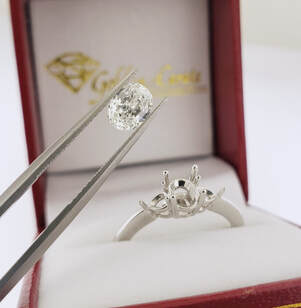 There are four very important categories to consider when looking at diamonds! Cut, Color, Clarity, and Carat. Now you may be thinking, are the way these categories are graded simply up to whichever mine or jewelry store is selling the diamond? That's what used to happen. Then, the Gemological Institutes of America, or GIA, came along and said, there has to be a better way to simplify these gradings across the world. And so they did! As these categories can get pretty complex, we are splitting the 4 Cs up into two posts. Part 1 includes Cut and Carat, and tomorrow we will introduce Color and Clarity! CUT Cut refers to not just the shape of the stone (round, princess/square, oval, emerald, cushion, asscher, marquise, pear, etc.), but also the proportions, symmetry, and polish of the facets. Why are these important? Well, you certainly want whatever diamond you present to be sparkly and dazzling, even from across a room. The better/more precise the cut, the better the sparkle, at least in theory! Two things we commonly consider when talking about the cut is the depth of the stone and the size of the table (the largest, flat, top facet). The depth is critical because of the reflection of light. Too deep or too shallow, and the light reflects off to the side or beneath the stone. Ideally, the light enters the stone and returns back to you! The table size also plays into how light reflects. Proportions and symmetry are important on all the cuts, but are most commonly assigned a full 3-step grading when looking at a round brilliant cut stone. Maybe you've heard of a "Triple X" stone - all this means is that in cut (proportions), symmetry, and polish, the grading has been deemed as "excellent." Many "Triple X" diamonds are ideal cut (mathematically the most brilliant, reflecting properly the most light), but not all are. Here is the range of cut grades, from lowest to highest: This can be tricky, as some less-than-honest salespeople can tell you all about how a stone is a "Good" cut and try to make it sound like it is a great rating, but really, that is in the middle of the scale! (Unfortunately, we've heard of it happening plenty of times.) Now, do you HAVE to have an Excellent cut stone? By no means. Measurements and gradings can get you pretty far in finding a great stone, but ultimately each diamond is unique, and one may sparkle more than another, even with a lower cut grade. Come in to see & find out for yourself! CARAT Carat refers to the WEIGHT of a diamond. In a well-proportioned/cut diamond, this will mean very similar dimensions across the same carat of stone, but not all diamonds are cut the same. The term "carat" comes from the origination of how people measured stone weight! In older societies, one carob seed was held as the standard measurement, which translates to one carat of diamond weight. Carob seeds were known for being so exact in weight from one to another, and thus is why they were used. (Interesting fact - there was a slight variation of the weight of seeds from one region to another, which caused some issues!) One carat is 0.20 grams (difficult to measure on a normal scale). For engagement ring center stones, we have seen quite a variety of sizes over the years. There is something special about the 1 carat mark that can get a lady excited, and we understand! However, each person is different and has unique preferences; so what is the right size diamond for you? Another important thing to know is how we talk about carat weight - often you will hear a jeweler or salesperson mention "points," of which there are 100 points in a carat. So if someone says that a diamond is a seventy-five pointer, that means it is 0.75ct, or 3/4 of a carat! There are average dimensions among similarly cut & weighted diamonds. Here, we will talk about round brilliant cuts: 1/4 ct = appx. 4mm diameter 1/2 ct = appx. 5mm 1 ct = appx. 6.5mm 2 ct = appx. 8mm 3 ct = appx. 9.5mm So, as you can see, double the weight definitely does not mean double the diameter! A standard-cut one carat princess cut is about a 5.5x5.5mm square; a standard-cut one carat oval is about 8x6mm; and a standard 1ct emerald cut is about 7x5mm. The higher carat a diamond is, the more rare it is to find. That is why diamond prices do not increase linearly with size, but more of exponentially. Millions of tons of dirt are moved at mines just to find a few larger sized diamonds! Choosing a Different Center Stone - Colored GemstonesAre you looking for something a little different - a non-diamond, colorful option for a center stone! That is okay too! We've been honored to be a part of designing and making a great deal of colorful engagement rings over the years. Whether it is a special stone, her favorite color, a birthstone, or for a personal or religious reason, it is no problem and we would love to help you! From emeralds to rubies to sapphires (of all colors), to morganite or aquamarine, we are here to help your dreams come into reality! When we talk about colored gemstones, the grading scale is a little different than diamond grading. Much of the scale is based on what has been deemed as the most desirable color of that gemstone, but it also takes into account clarity. Cut for colored gemstones tends to be a bit more varied, as most are cut deeper to bring out a richer depth of color. Most scales look similar to this: [AAA] AA A B Commercial Color is important to consider, but also know that you may not like the AA color better than A, depending on your preferences and the stones!
A few other things you should consider with colored stones:
For example, opals and tanzanites are soft stones that can wear, chip, or break more easily than, say, a ruby. These are great right hand rings that aren't every day wears, but for an engagement ring that is worn constantly, we don't want anything to happen to your precious ring! And we certainly don't want her to feel bad if it gets chipped and needs replaced. We are happy to make a ring for you with a softer center or accent stone, but we want to do our due diligence to educate you on any concerns we have! Otherwise, we wouldn't feel honest, and we want you to be prepared. We do our best to educate you on the ins and outs BEFORE you purchase! . . . See you tomorrow for our next part on Diamond Clarity & Color!
12 Comments
4/2/2021 11:36:13 pm
I am grateful that this post shared that one of the benefits of working with an experience jeweler is that they are able to determine the quality of our jewelry. The other day my dad mentioned he would like to buy a ring for my mom. I will definitely suggest to him to work with a professional.
Reply
1/19/2022 03:00:48 am
I found it interesting when you said proportions and symmetry are significant in all cuts, but when looking at a round brilliant cut stone, they are usually given a complete 3-step rating. I used to think differently about it not until you explained it briefly and it really got my attention. What you said about jewelry was really interesting to me.
Reply
7/2/2022 05:24:47 am
Adorable Content Very Much Informative And Knowledgeable Points Explained Above Like GIA, Grades, Different Sizes Of Pieces, Colors Etc. Thankyou So Much For Sharing
Reply
2/7/2023 04:25:44 pm
It's interesting to know that a diamond's cut affects how bright it shines from across a room. I'd like to help my brother find a diamond ring for his girlfriend since he's never been great when buying gifts for her, and I'm positive that your guide will help him out. I appreciate your insight on understanding a diamond's cut and how precise it is before buying one.
Reply
5/30/2023 12:35:22 am
All about engagement rings - what a captivating series! Your blog post on the center stone in engagement rings was a great starting point. I appreciated the in-depth information about different stone options and their qualities. Looking forward to reading more from this series!
Reply
What a helpful resource on engagement rings, specifically focusing on the center stone! Your article provides valuable insights into the various options available, including diamonds and gemstones. The information on the 4Cs of diamonds and the different gemstone choices was enlightening. I appreciate how you broke down the factors to consider when selecting a center stone. This article is a great starting point for anyone in search of the perfect engagement ring. Thank you for sharing!
Reply
9/7/2023 02:53:44 am
Choosing the perfect engagement ring can be a daunting task, but your article breaks down the key factors to consider in a clear and concise manner. From the 4 Cs of diamonds to the various ring settings and styles, you've covered it all. I especially appreciated the emphasis on the importance of personalization and finding a ring that truly reflects the couple's unique story and tastes.
Reply
2/20/2024 01:32:19 pm
Just read you article and I can say these are some great tips on engagement rings! I will be following these same tips for my custom engagement ring customers so the engagement ring buying process goes smoothly!
Reply
3/30/2024 01:20:59 pm
Really great article. Understanding the 4c's is the most important part in selecting an engagement ring!
Reply
6/28/2024 08:38:11 am
Informative article! Understanding the importance of the centre stone in engagement rings is crucial for making an informed choice. This guide provides valuable insights into selecting the perfect centre stone to symbolise your love and commitment. Ready to find the ideal engagement ring? Explore the exquisite collection at Mens Rings Australia for timeless and stylish options.
Reply
Leave a Reply. |
AuthorAssistant Manager Jenna Rogers gets the answers from our jeweler to your most important jewelry questions! Archives
February 2021
Categories |
Christmas HoursMon-Fri: 10am - 6pm
Sat: 10am - 5pm |
Phone(972) 910-0300
Call or Text |
|
Address
7750 N MacArthur Blvd #100, Irving TX 75063
|

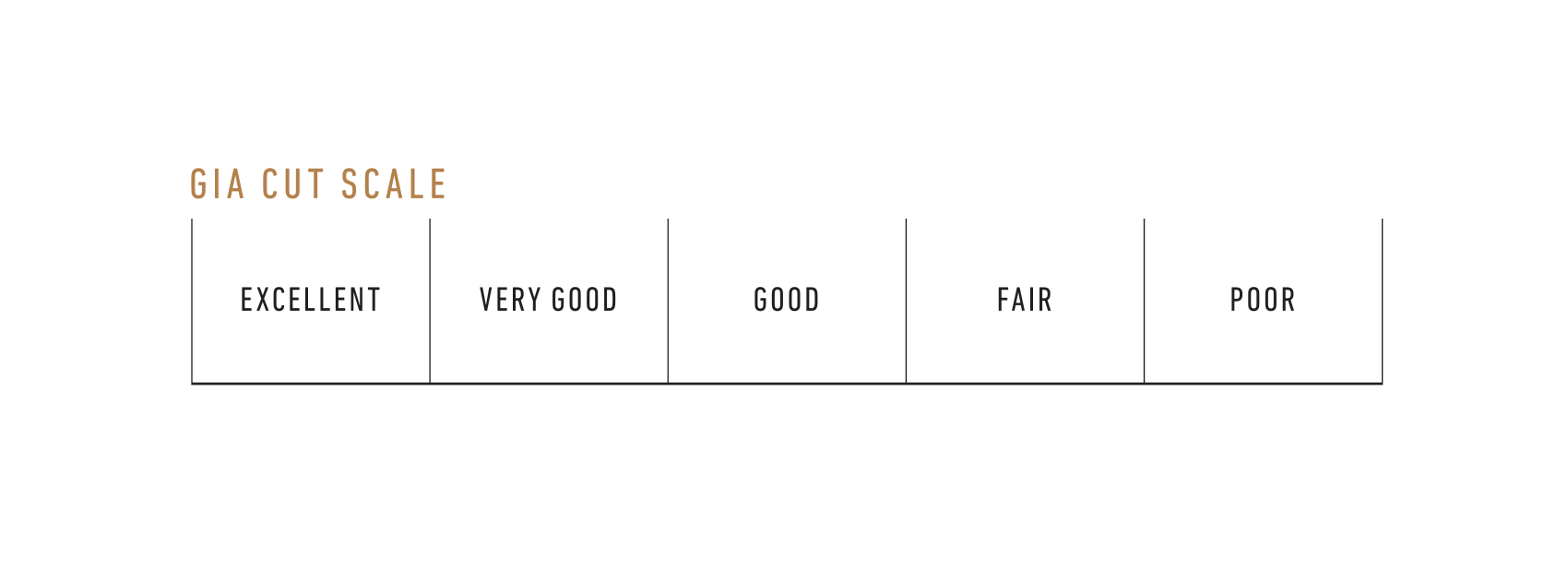
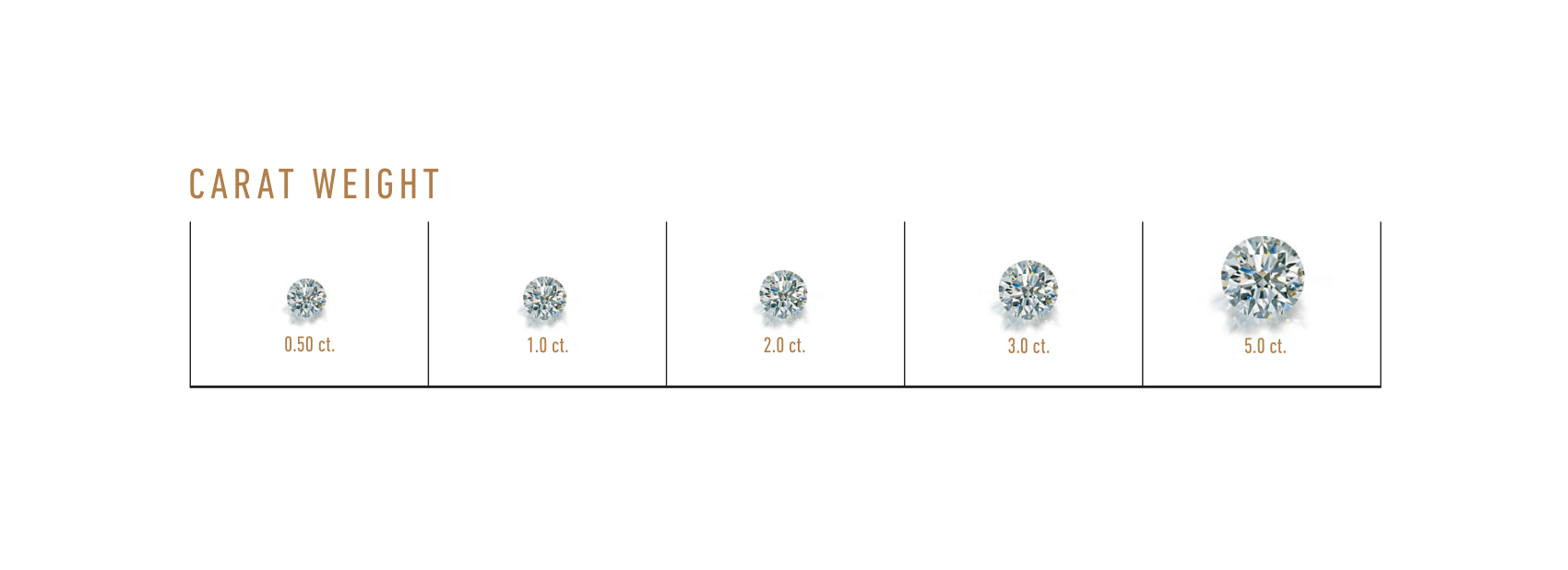
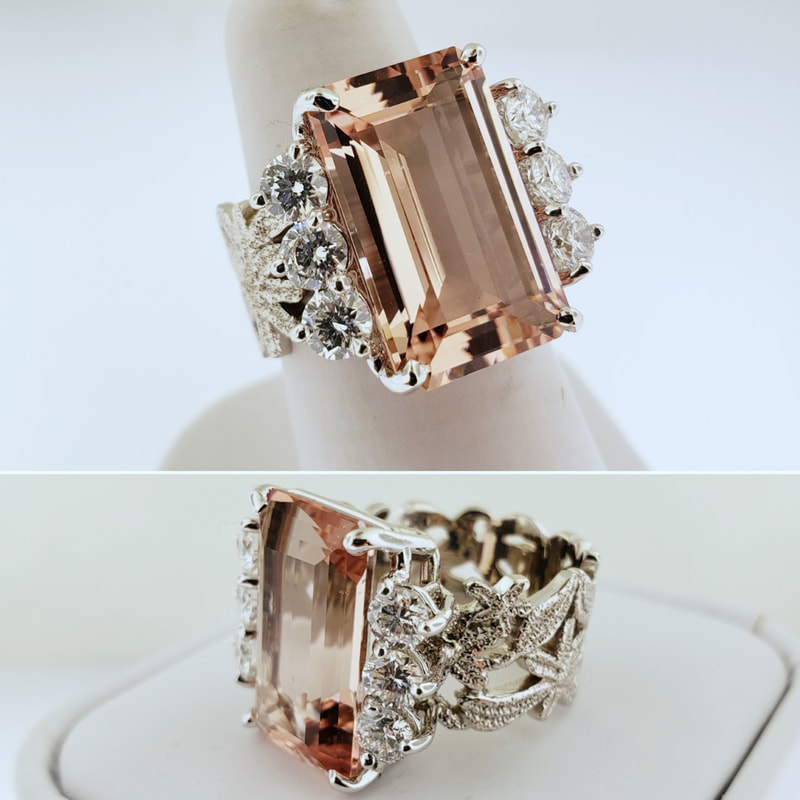
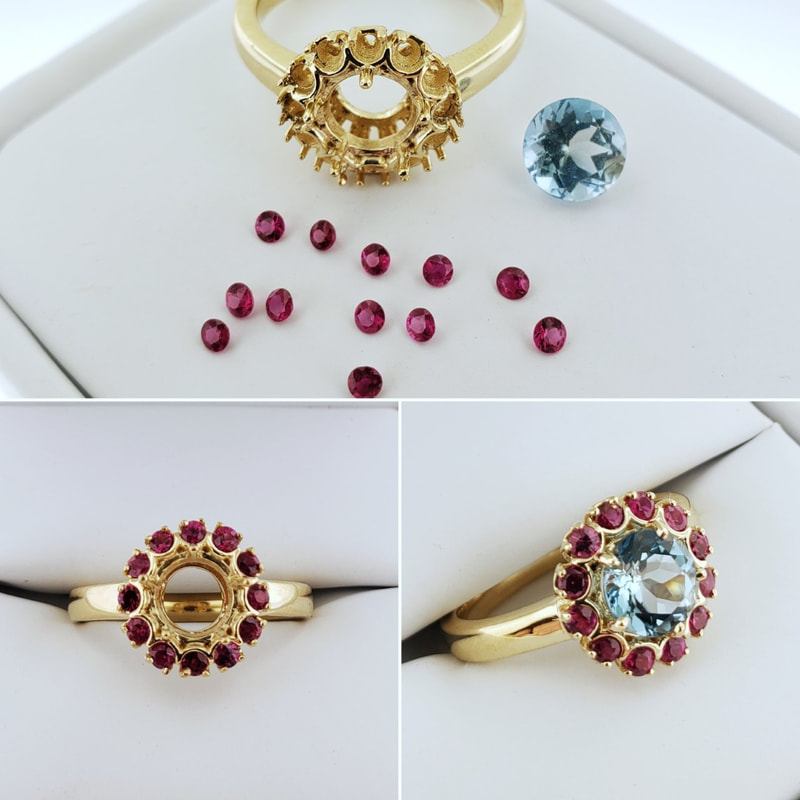
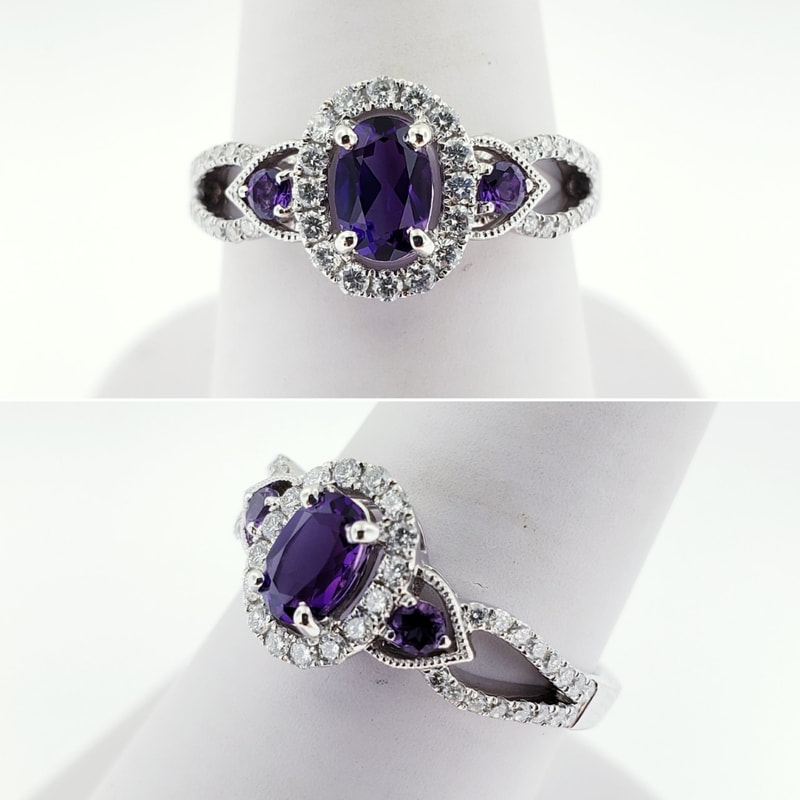
 RSS Feed
RSS Feed
